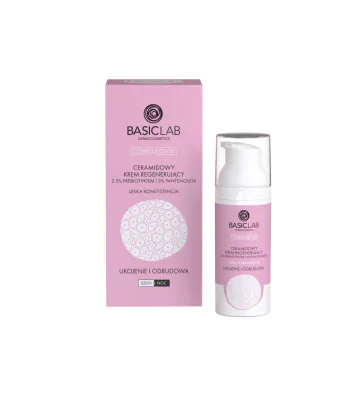FREE SHIPPING!
-
WOMEN
add remove
- All >>
-
Supplements
add remove
- All >>
- New
- Bestsellers
- Special offers
- Ashwagandha
- Colostrum
- Collagen
- Omega 3-6-9 acids
- Magnesium
- Vitamin C
- Vitamin D
- Amino Acids
- Anti-Aging
- Pregnancy and lactation
- Detox
- Energy
- Fit & Sport
- Medicinal mushrooms
- Bones and joints
- Fatty acids
- Brain, Memory, Concentration
- Functional beverages
- Eyes
- Weight loss and diet
- Resistance
- Nails
- Dream
- Leather
- Inflammation
- Stress
- Superfood
- Digestion
- Urinary system
- Liver
- Hair
- Vitamins and minerals
- Hormonal support
- Bestsellers
- Collagen
- Colostrum
- Gift cards
- Gift sets
-
MEN
add remove
-
Supplements
add remove
- All >>
- New
- Bestsellers
- Special offers
- Ashwagandha
- Colostrum
- Collagen
- Omega 3-6-9 acids
- Magnesium
- Vitamin C
- Vitamin D
- Amino Acids
- Anti-Aging
- Detox
- Energy
- Fit & Sport
- Medicinal mushrooms
- Bones and joints
- Fatty acids
- Brain, Memory, Concentration
- Functional beverages
- Eyes
- Resistance
- Nails
- Dream
- Cardiovascular
- Leather
- Inflammation
- Stress
- Superfood
- Digestion
- Urinary system
- Digestive system
- Liver
- Hair
- Vitamins and minerals
- Hormonal support
- Bestsellers
- Collagen
- Colostrum
- Probiotics
- Weight loss and diet
- Collagen
- Colostrum
- Gift cards
- Gift sets
-
Cosmetics
add remove
- All >>
- New
- Bestsellers
- Special offers
- Aromatherapy
- Body and bath
- Hands
- Oral cavity
- Tanning
- Intimate hygiene
- Feet
- Face
- Hair
- Bath cosmetics
- Hair care cosmetics
- Hair Styling
- Hand creams
- Natural
- Facial cosmetics
- Essential oils
- Beard care
- Intimate hygiene
- Deodorants and antiperspirants
- Cosmetics kits
- Against wrinkles
- Gift cards
- Gift sets
-
CHILDREN
add remove
-
Supplements
add remove
- All >>
- New
- Bestsellers
- Back to School
- Special offers
- Colostrum
- Omega 3-6-9 acids
- Magnesium
- Vitamin C
- Vitamin D
- Pregnancy and lactation
- Bones and joints
- Fatty acids
- Brain, Memory, Concentration
- Eyes
- Resistance
- Dream
- Digestion
- Digestive system
- Vitamins and minerals
- Bestsellers
- Colostrum
- Gift cards
- Gift sets
- Accessories add remove
- COLLAGEN
-
BRANDS
add remove
- MOST POPULAR add remove
- ARABIAN PERFUME
Search for
- All
- Product
- Brand
Free delivery

SHIPPING TODAY!
Order within:
00
h52
min28
sec
Shipping next business day
0 items
0.00 zł
Total
0.00 zł
Blog navigation
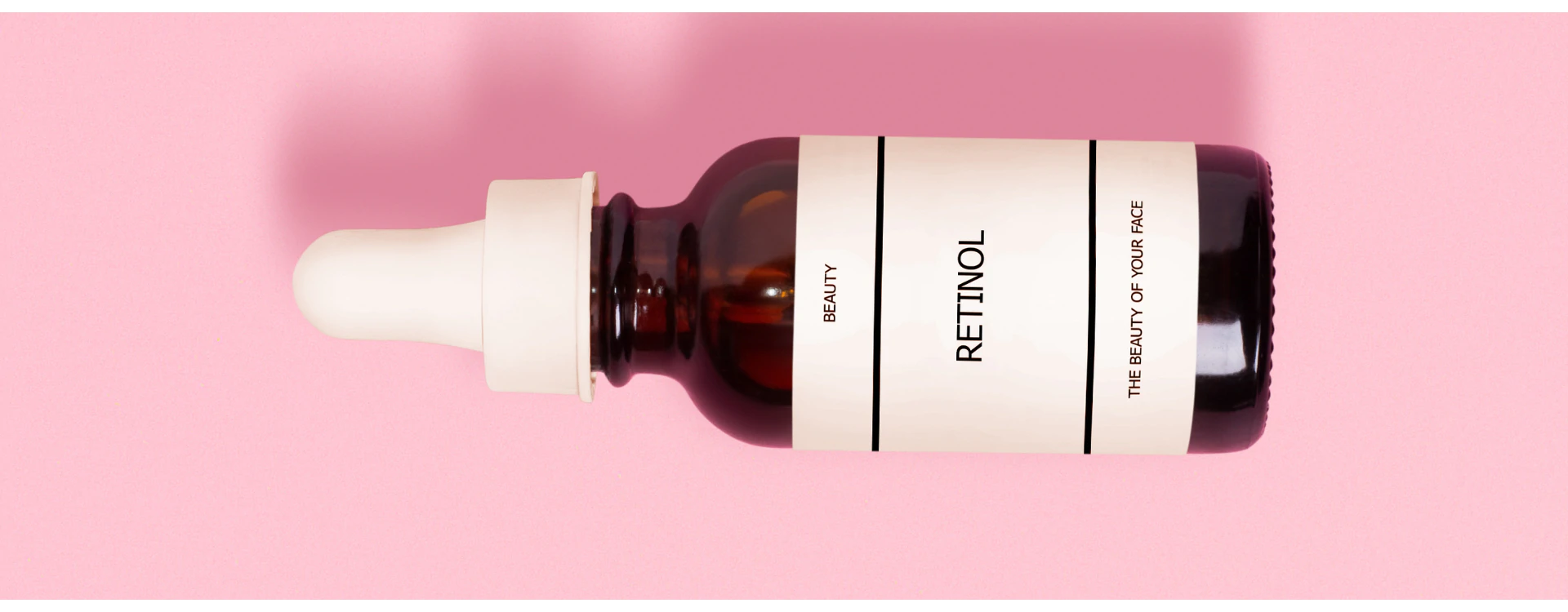
What not to combine retinol with? List of top tips
Posted on:
2024-11-29
Table of contents
Retinol has gained a great deal of trust from users around the world. It is a potent, extremely effective active ingredient that enables skin care at a high level. It lightens hyperpigmentation, reduces the appearance of wrinkles, regulates sebaceous glands and stimulates collagen production. The potency of retinol, however, goes hand in hand with the risk of irritation. Especially if you don't know what you can't combine retinol with. Fortunately, we can give you tips on how to effectively introduce retinoid treatment to minimize unwanted skin reactions. What not to combine retinol with?
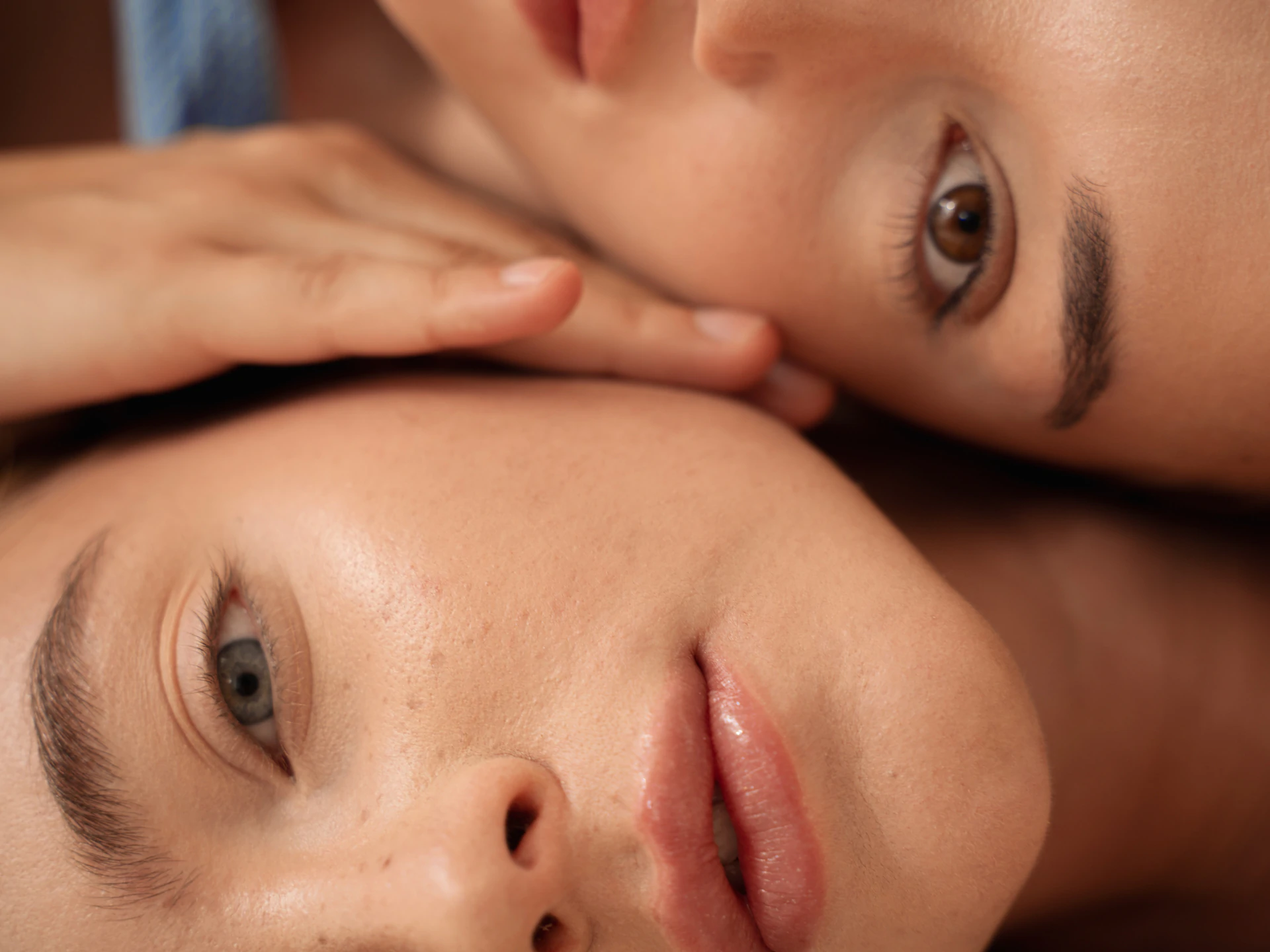
What is retinol?
Retinol is a derivative of vitamin A, which is used in cosmetics for its many properties that support the condition and appearance of the skin. It changes in the skin into retinal, and then retinoic acid, which stimulates fibroblasts and thus increases the production of collagen and elastin. It firms, smooths and reduces the appearance of wrinkles. In addition, it regulates sebum secretion, so it is used in cosmetics for oily and acne-prone skin. Retinol is one of the best studied active substances in cosmetics. And for good reason, it is used in many, many products. Its effects are impressive. But it has to be done skillfully, knowing, among other things, what not to combine retinol with and why.
Why does retinol cause irritation?
Retinol is a very intense substance. Therefore, it can cause defensive reactions in the skin, especially at the beginning of the treatment and also in situations of poorly chosen concentrations. Side effects such as:
- redness,
- flaking of the skin,
- dryness,
- irritation,
are the result of accelerated cell renewal and stimulation of collagen production. This process causes dead skin cells to flake off faster, which can lead to irritation. The effect of retinol, which you care about most, is therefore initially associated with very unpleasant and unsightly effects. However, this does not have to be the case. The skin needs time to get used to retinol. If you start with a low concentration, small amounts of retinol serum or cream, as well as patience and observation, retinylation should go smoothly. During retinylation, it is also important to know what not to combine retinol with.
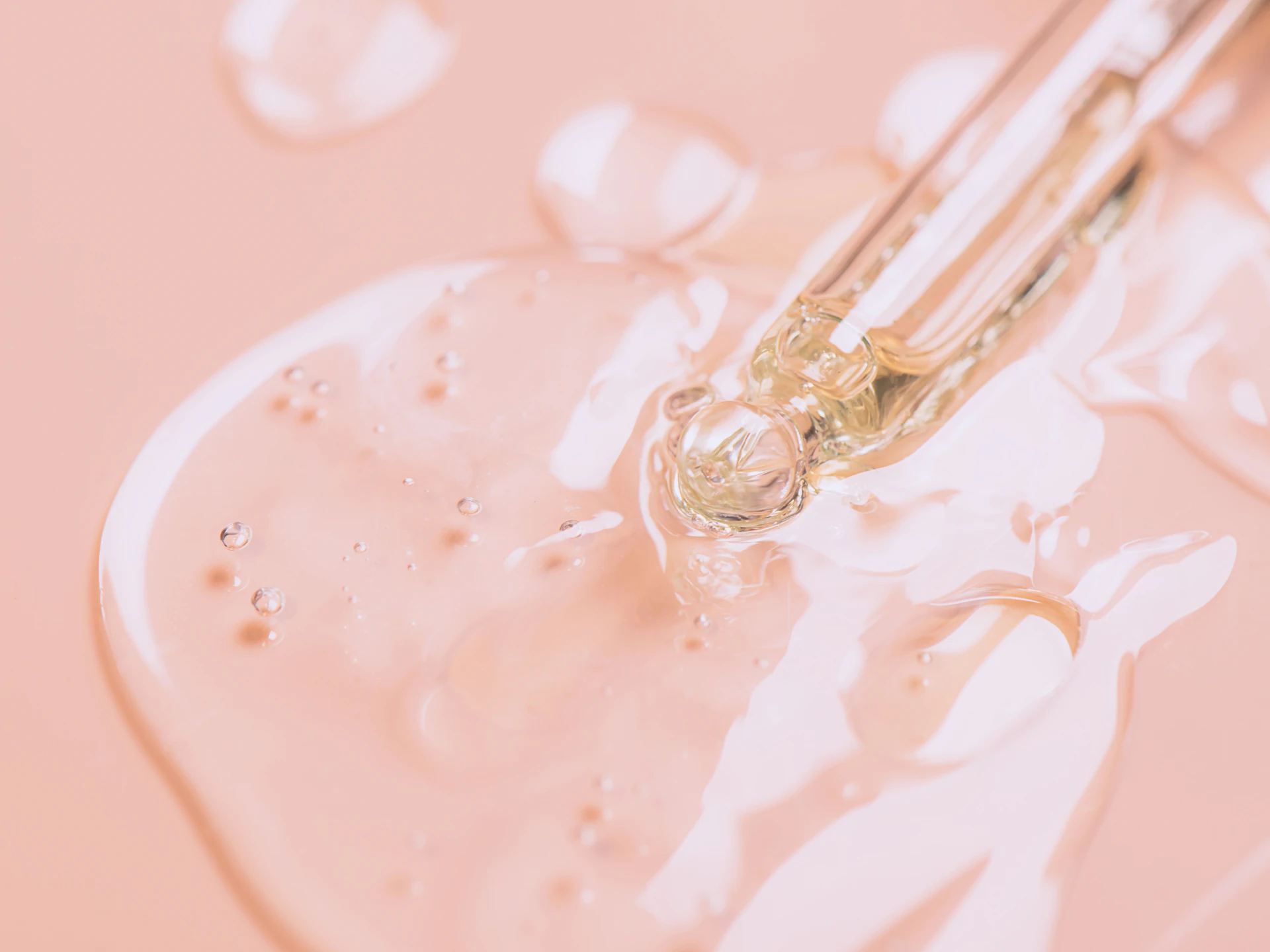
What not to combine retinol with?
We have prepared for you a list of ingredients with which retinol does not go hand in hand. What are their characteristics? They are, first of all, strong active substances, the action of which requires the "focus" of the skin. It is with them that retinol will come into conflict. Want to know what not to combine retinol with?
Acids
Is it possible to combine retinol with acids? The answer is no. Glycolic acid, lactic acid (AHA), as well as salicylic acid (BHA) and pyruvic and mandelic acids have strong exfoliating effects. So does retinol itself. Using them in one routine can lead to excessive skin irritation, dryness, redness, but most importantly, excessive peeling, which will look very unsightly. In addition, such a treatment will weaken the skin's protective barrier and make it vulnerable to damage.
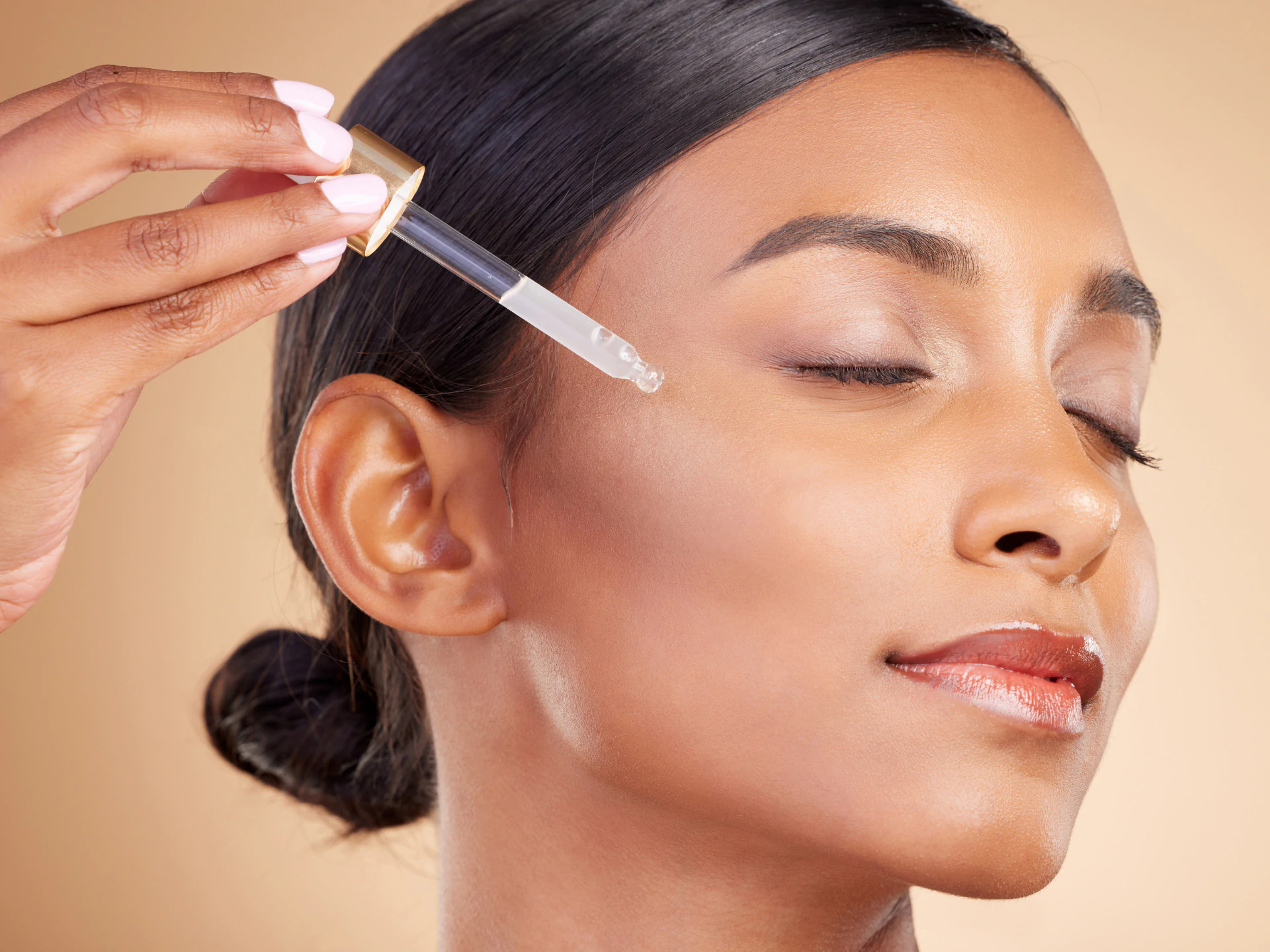
Vitamin C and niacinamide
Can retinol be combined with vitamin C and niacinamide? Unfortunately, no. Although both of these ingredients are very popular in skin care and anti-aging cosmetics, they cannot be used with retinol. It's all due to the pH. Vitamin C has an acidic pH, which doesn't go hand in hand with retinol. Combining these two ingredients in one routine can cause irritation and even weaken the effect of both vitamin C and retinol. Niacinamide, on the other hand, has a higher pH than retinol, which also destabilizes its effect. Therefore, you'll be left not only with irritation, but also without the results you were hoping for. It's best to use vitamin C or niacinamide in the morning, and retinol in the evening.
Benzoyl peroxide
Benzoyl peroxide is an ingredient used to treat acne, which has antibacterial and anti-inflammatory effects. However, this substance, while very effective, cannot be combined with retinol - also excellent in supporting acne treatment. The two ingredients can neutralize each other's effects, which means that neither retinol nor benzoyl peroxide will work fully effectively. However, they can be used at different times of the day.
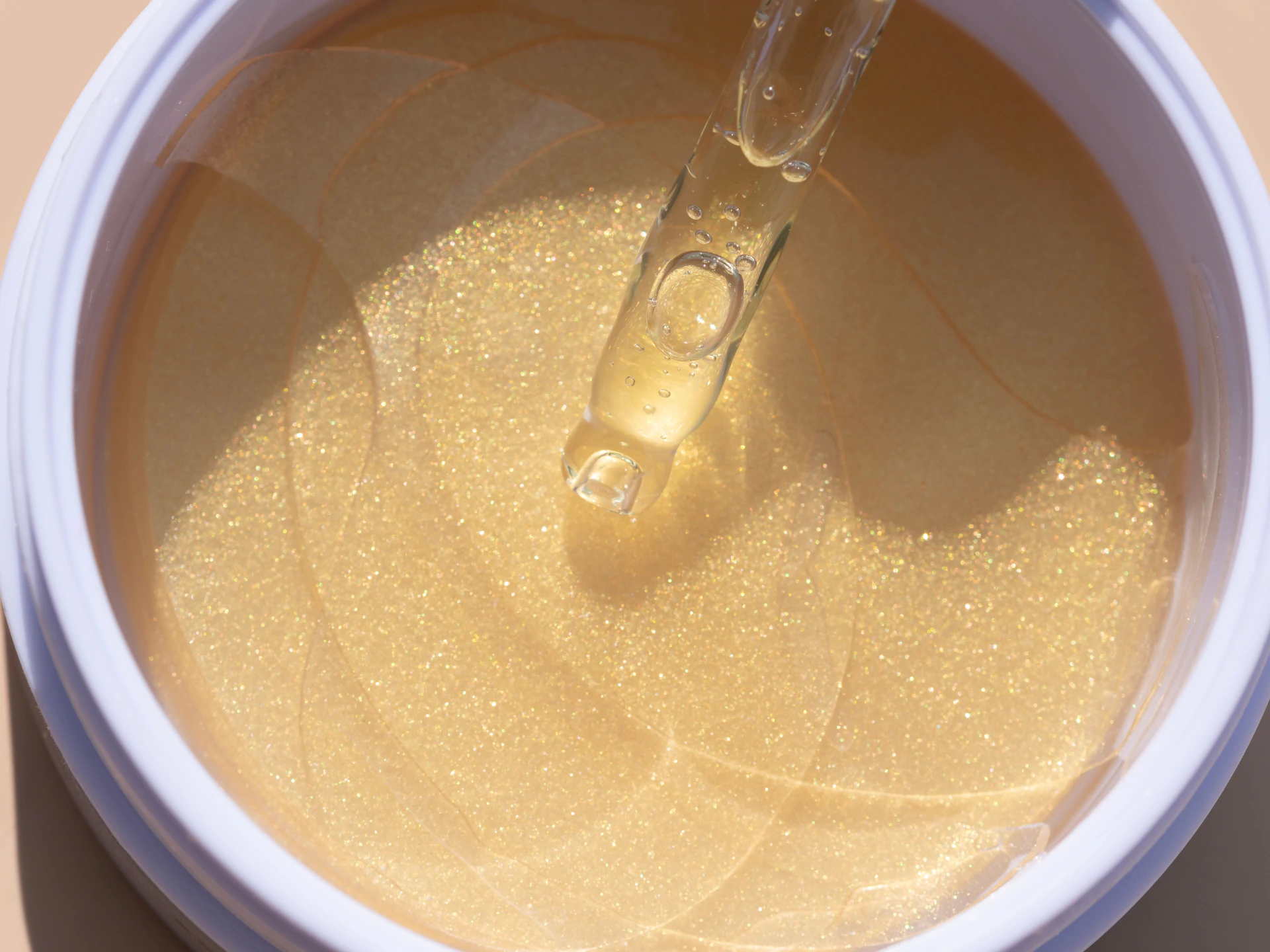
What can retinol be combined with?
You already know what not to combine with retinol. However, it is also worth knowing what you can combine retinol with in order to enhance its effect and at the same time protect your skin from irritation.
- Hyaluronic acid: can you combine retinol with hyaluronic acid? As much as possible! Although the word "acid" itself may suggest otherwise. Hyaluronic acid is one of the best moisturizing ingredients that perfectly complements retinol treatment. This one dries out the skin, so retinoid treatment requires good moisturizers. Rodial has a brilliant cream with retinol and hyaluronic acid to support your skin and protect it from irritation.
- Ceramides: strengthen the skin barrier, which is key when using retinol. Ceramides help rebuild the damaged hydrolipid barrier, minimizing irritation. They are worth having in your skin care routine.
- Allantoin and panthenol - these are two ingredients that protect against irritation, acting to soothe the skin. They will be extremely useful especially at the beginning of the retinol adventure.
What not to combine retinol with? A key rule is to avoid combining retinol with other potent ingredients. Such combinations can lead to irritation and weakening of the skin. It is best to use retinol with soothing moisturizing ingredients, such as hyaluronic acid, ceramides or allantoin, which will help minimize the risk of irritation and keep the skin in good condition.
Related products
Ceramide regenerating cream with 5% prebiotic and 3% panthenol with light texture - SOOTHING AND RECOVERY 50ml
Old price: 110.00 zł
Price: 93.50 zł
Discount: 15%
Save up: -16.50 zł
Lightweight formula does not leave an oily film and does not weigh down the...
Nourishing and Protective Cream SPF 20 40ml
Old price: 84.90 zł
Price: 67.92 zł
Discount: 20%
Save up: -16.98 zł
Protective cream-milk 7-in-1
Moisturizing and protective cream SPF 20...
Related posts
 THEGLOOW.COM specialists
THEGLOOW.COM specialists
Posted in:
THEGLOOW.COM
2023-09-01
THEGLOOW.COM store is not just a place to shop. It's a space where experts in various fields co-create harmony of...
Read more
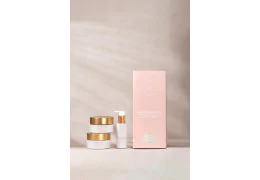 Conscious hand care - slow aging activities Iga Sadowska Wilczynska
Conscious hand care - slow aging activities Iga Sadowska Wilczynska
Posted in:
Cosmetics
2023-09-01
Conscious hand care is an important part of slow aging often overlooked in the busyness of daily life.
Why did Karl...
Read more
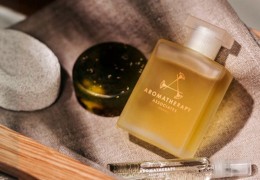 The secret of balance. Learn the secrets of aromatherapy.
The secret of balance. Learn the secrets of aromatherapy.
Posted in:
Cosmetics
2023-09-14
When we rest, our bodies undergo a series of regenerative processes during which tissues are repaired, muscles relax...
Read more

